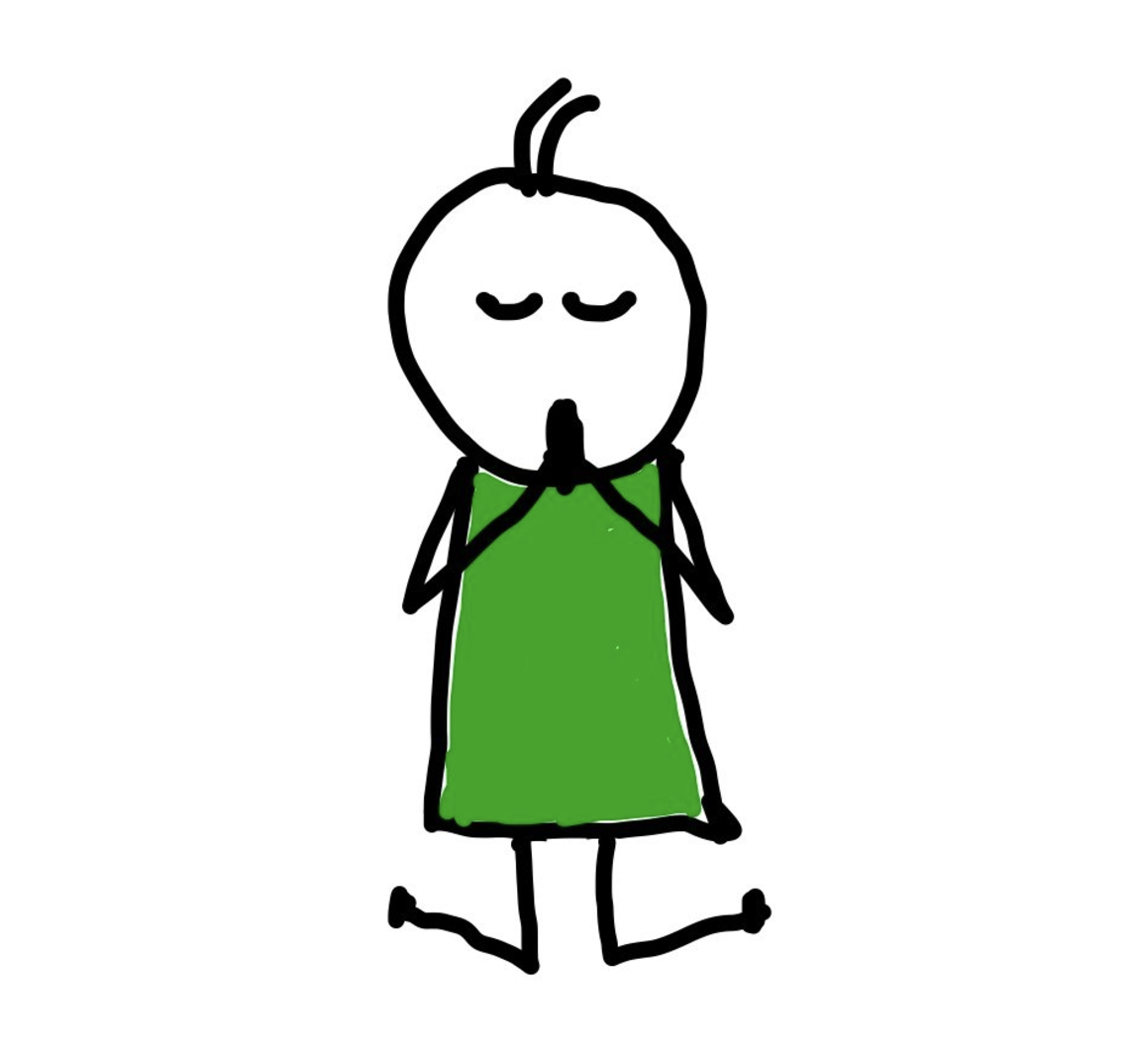Creating a Gratitude Practice for Your Kids
What if this Thanksgiving, we gave our kids something that costs nothing, is easy to source and could help them find peace and promote a positive outlook on life? What is this amazing gift? It is the gift of a gratitude practice.
While gratitude is something that should be part of our daily lives, Thanksgiving gives us an extra reason to slow down and celebrate it. In my family, we make gratitude a habit every day with a simple tradition: every night at dinner, we go around the table, and everyone shares one thing they are thankful for. Even on the hardest days, it helps us focus on the blessings we have rather than what we lack.
But during November, we take this practice a step further with a special tradition I call the "Thankful Pumpkin."
What Is the Thankful Pumpkin?
The Thankful Pumpkin is an orange pumpkin-shaped basket with a removable lid that sits on our kitchen island throughout November. Next to it, I place a pad of sticky notes and a pen. Whenever someone feels especially thankful, they write their gratitude on a note, fold it up, and place it inside the pumpkin.
On Thanksgiving Day, just before dinner, the Thankful Pumpkin becomes the star of our table. We pass it around, and everyone takes turns pulling out a note and reading it aloud. We go through the entire pumpkin, often making multiple rounds because there are so many notes. It's always fun to guess who wrote each one, and it’s a heartwarming way to share our collective gratitude.
This simple tradition is one of my favorites because it encourages my kids to actively think about the good in their lives. It also shifts their focus away from challenges or disappointments and toward recognizing the abundance around them.
Why Gratitude Matters for Kids
Gratitude is a powerful practice for everyone, but it’s especially important for kids. When children regularly name the things they’re thankful for, they develop a mindset that’s more resilient and optimistic. Instead of dwelling on what they don’t have or what went wrong, they learn to appreciate the small joys that brighten their days.
Even on tough days, when everything feels like it’s falling apart, our family’s default is to say, "I’m thankful for Lincoln (our amazing dog)." No matter how chaotic life gets, Lincoln’s loyal presence is something we can always appreciate.
Gratitude also builds a stronger connection between family members. Hearing what your kids, partner, or even visiting relatives are thankful for gives you a glimpse into their world and what matters most to them.
It also teaches us to appreciate the very things we take for granted: a sunny day, a fridge full of food, and a cozy bed at night.
We also can learn to appreciate the things that would normally cause us stress or disappointment. We can be thankful for challenges that grow us and problems that force us to think in new and innovative ways.
Gratitude can be much easier when things are going well in your life. But it is the times when we are faced with difficulties when we need this practice the most. It can allow us to stay calm in the most challenging situations and recognize that even in the worst of times, there is always something to be thankful for.
How to Start a Gratitude Practice in Your Family
If you don’t already have a gratitude practice in your family, Thanksgiving is the perfect time to start. Here are a few ideas to get you going:
The Thankful Pumpkin: Create your own version of this tradition using a basket, jar, or even a decorative box. Place it in a central spot in your home and encourage everyone to write down their gratitude throughout November.
Dinner Table Gratitude: Every evening, go around the table and have everyone share one thing they are thankful for. It doesn’t have to be big—sometimes the small things, like a sunny day or a favorite meal, matter most.
Bedtime Reflections: End the day on a positive note by asking your kids what they’re grateful for before they go to bed.
Morning Gratitude Journals: Encourage your kids to start their day by writing down three things they’re thankful for in a journal. It’s a great way to set a positive tone for the day ahead.
Why Gratitude Is Worth It
Gratitude isn’t just a feel-good exercise; it has real benefits for your mind and mood. By focusing on what’s going well instead of what’s missing or going wrong, you cultivate a sense of peace and reduce stress. This is especially important for kids, who may not yet have the tools to manage negative thoughts on their own.
When kids learn to be thankful for challenges and failures, it can foster creativity and innovation. They learn to use their failures to grow themselves. Now, that is something to be thankful for!
So, as Thanksgiving approaches, consider starting your own gratitude tradition. Whether it’s a Thankful Pumpkin, a nightly gratitude round, or a morning journal, the key is to make it meaningful and consistent. You might be surprised at how much it strengthens your family bonds and brings more joy into your home.
As for us, when in doubt, we’re always thankful for Lincoln. 🐾
This Thanksgiving (or any time), ask your kids what they are most thankful for this year. If you want to bring this practice into your daily lives, try one of the suggestions mentioned above. 🍁


